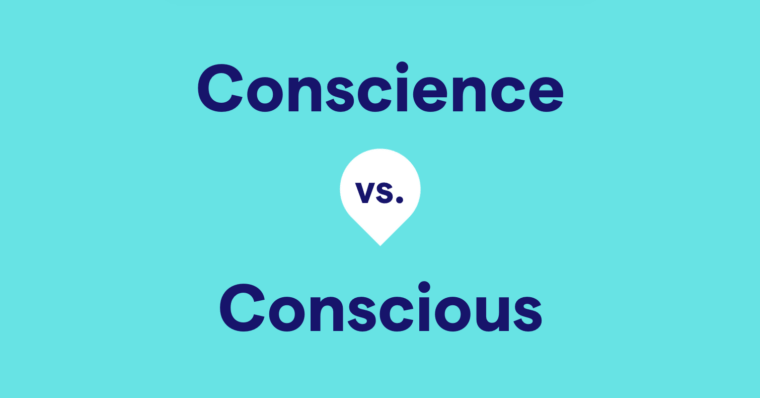
Children’s books have a significant impact on early childhood development and how children understand the world around them. Whether your earliest memory of your favorite children’s book was as a bedtime story or through your elementary school classroom, these stories likely expanded your imagination, taught you essential cognitive skills, and helped you learn how to process your emotions and ideas.
Depending on a book’s target reader’s age, a children’s book might have a simplified story arc or heavily rely on pictures instead of words to convey an idea. Writing a book that requires fewer words might seem like a simple task, but writing a book that’s so unforgettable it becomes a childhood classic is another story.
What makes a children’s book good?
Think back to the children’s books that you were fond of as a child. When you compare them to each other, you might notice a few commonalities.
Reader age
They all very likely shared lessons or stories that were highly age-appropriate when you read them.
For example, a picture book, also called a “board book,” intended for readers ages one to three, might contain concepts, like colors, shapes, textures, or numbers. Meanwhile, books that include a simple narrative story, with a main character or moral lesson, will be harder for the same reader group to comprehend.
The opposite concept also holds true. If a children’s book’s story or lesson is too simplistic for its intended age group, it might not challenge a child reader enough to hold their interest.
Sticky details
A good children’s book features an element that makes it stick out from other children’s books. If you’re writing a children’s book for early readers, this might mean designing the work as a pop-up book, including high-quality illustrations, or activating other senses, like sound or touch.
Other memorable details that can be used are literary techniques like rhyming or alliteration.
For kids, the standout feature might be a dynamic character, an exciting plot, or humorous dialogue.
Relatability
Another element beyond the main narrative that makes a children’s book timeless is whether it’s relatable to children in its target age group. For example, if you’re writing a book for middle-school-age readers, a story that covers themes of friendship and the unique social dilemmas of this age group may speak to these readers.
Entertains adults
Although a good children’s book should appeal to young readers, a book that’s entertaining to the adults in their lives is an added perk and ensures the book will get read often (instead of hidden beneath the stack). News of an enjoyable children’s read travels quickly among parents and educators alike.
Who is your audience when writing a children’s book?
The first step in writing a children’s book is deciding what age you’re trying to reach. Your reader’s age will determine how you’ll approach the content, format, and style of your book.
When you know the age group you want to write for, research the topics and interests of that demographic. For example, you might find that children ages six to ten, who are starting to read chapter books on their own, are particularly interested in adventure-based stories.
If you already have a story in mind, the complexity of the idea can help guide you toward a target age group. A book with a simple story, for instance, might be more appropriate as a picture book for toddlers or young children.
When researching an age group you’re considering, decide whether you want to reach a broad audience or a specific segment of that readership. You might find, for example, that books featuring multiracial, multigenerational families are lacking in the early-reader children’s book market. Focusing on this audience might be a way to connect with young readers in a way that other authors have yet to try.
Goals and themes for your children’s book
Although a fun and imaginative story is a must for children’s books, be clear about the message or lesson your readers should take away after reading your book.
Is the lesson that all living creatures deserve respect and care? Do you want to convey a lesson about boundaries? Perhaps your message is that joy can be found in unassuming ways and places?
Whatever goal or theme you choose for your book, it should be a topic that you’ve researched and know your audience faces.
Children’s book narrative
Once you’ve established your target audience and theme, you’re ready to create your story arc. Narrative writing involves defining your writing style, setting, and character development, which ultimately culminates in your plot goal.
A basic narrative arc follows a beginning, middle, and end format. Within that arc, you’ll find:
- Set-up: Open the book by creating the scene for the location, character introductions, and the tone of your story.
- Inciting incident: This is something that happens to the protagonist or their life as they know it.
- Increasing action: This is what your protagonist does in response to the incident. This action sets off the rest of your plot and is an opportunity to develop your characters.
- Climax: This is the point in your narrative that puts your protagonist face-to-face with the challenge that everything has built toward.
- Subsiding action: Guide young readers toward your narrative’s final resolution by resolving subplots and unanswered questions.
- Resolution: Close the story by showing readers how the protagonist or their world has changed after the climax. Has the protagonist’s perspective changed? How? What’s next for them?
The writing style you use to convey your narrative arc might vary depending on the reader age you’re targeting. For example, you might choose to write using third-person repetition or to tell your story through dialogue between characters.
There’s no right or wrong way to write a children’s book narrative. The story arc example above is a common way to approach writing a children’s book, but it’s certainly not the only way.
Children’s book examples
Ages 2–5
- Goodnight Moon, by Margaret Wise Brown
- The Very Hungry Caterpillar, by Eric Carle
- The Snowy Day, by Ezra Jack Keats
Ages 5–8
- Ramona the Pest, by Beverly Cleary
- The Velveteen Rabbit, by Margery Williams
- The Giving Tree, by Shel Silverstein
Ages 8–12
- One Crazy Summer series, by Rita Williams-Garcia
- A Wrinkle in Time, by Madeleine L’Engle
- Wonder, by R. J. Palacio






